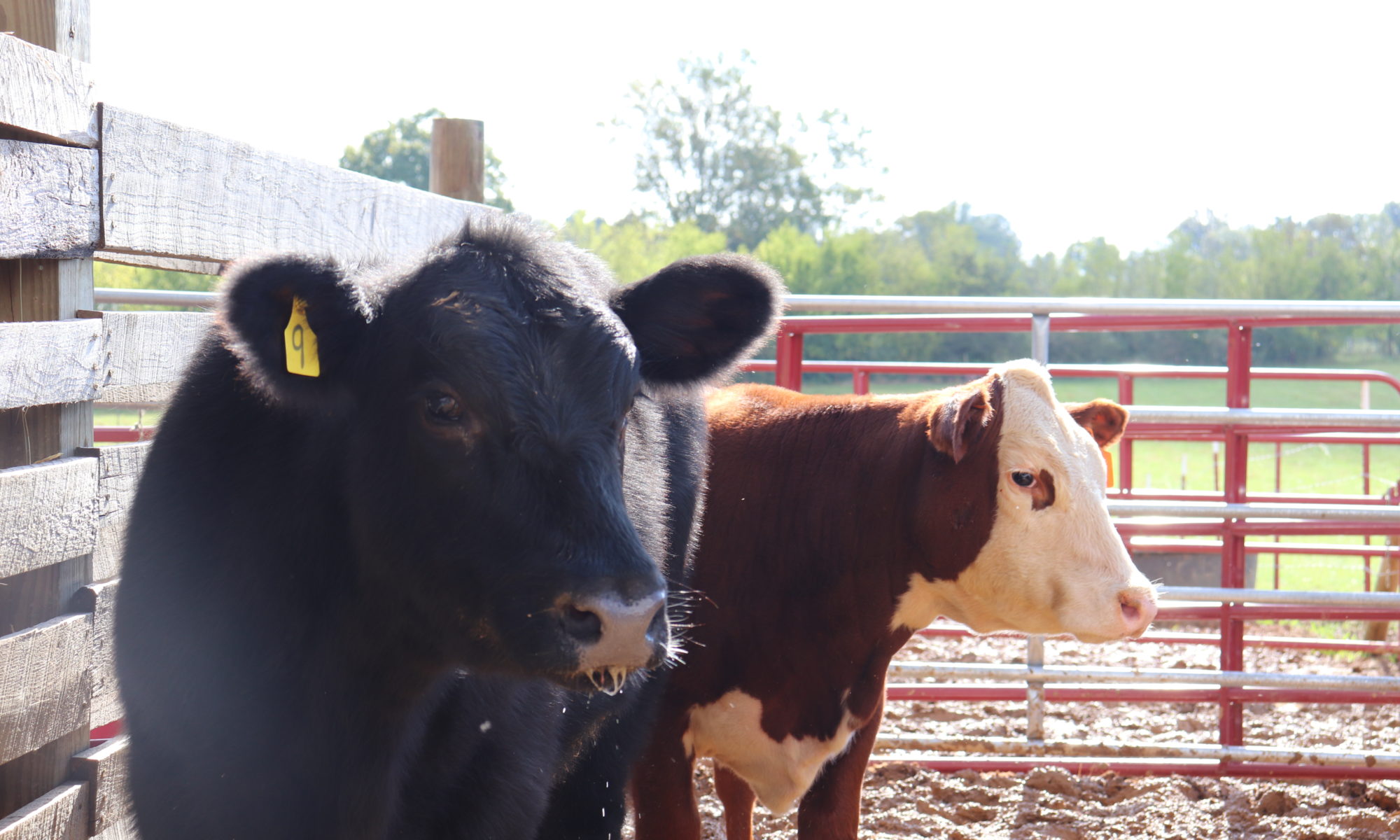

Dr. Andrew Griffith
Assistant Professor
Department of Agricultural and Resource Economics
P: 865-974-7480
What does it cost to carry a cow? What is the cost of production in the cattle business? These are questions that arise on occasion, but few people actually take the time to calculate their cost of production. There are annual budgets available through the University of Tennessee that provide an outline of production costs, and those budgets are meant to be a guide for individual operations to develop a production budget for their operation. The primary objective of a budget is to determine costs, compare those costs to revenues, and finally make management decisions that increase profits.
What is the largest cost of production in the cattle business? Most people would say feed, which would be purchased feed, hay and pasture, but the biggest cost category in most cattle operations is owning the cattle. It is easy to see from the stocker or feedlot perspective in that purchasing the animals is a tremendous cost. For example, given the Tennessee average market price of 550 pound steers as of this writing, a steer cost more than $1,350. That same animal as an 850 pound steer is valued near $2,000. Owning the animal is also the largest cost in the cow-calf business. It is clearly witnessed when a bred female is purchased, but it is more often experienced when a producer retains a heifer to put back in the breeding herd instead of selling the heifer. The cost of that animal was her value at weaning plus the cost of getting her to calving.
Moving away from the cost of the animals, feed cost does tend to be the largest cost category. Based on the University of Tennessee cow-calf budget, pasture, hay and supplemental feed accounts for nearly 80 percent of the production expenses and over 50 percent of the total cost of production. The remainder of the production expenses is composed of salt and mineral, herd health, reproductive costs, and labor.
Some costs that are often overlooked include interest, land rent, marketing costs, and depreciation. Many people overlook interest expenses and land rent, because they are not borrowing money and they own the land they are utilizing. However, every dollar that is used in the cattle herd has an interest expense, because that money could be doing something else to earn a dollar. Similarly, the failure to apply a land rent cost to owned land is a mistake, because that land could be rented to someone else. The truth of the matter is producers should apply a cost to these categories to gain a better understanding of a return to their management. Marketing costs often come out of the cattle check at the auction barn, which means they are dollars the cattle producer never sees. These cannot be overlooked. This is a real cost of production even though it is taken out at the time of sell.
This now brings the conversation to depreciation. Many people consider depreciation of equipment, buildings, and other items that have a tax depreciation schedule. However, these are not the only things depreciating. Cows depreciate as well. For example, if bred heifers are worth $2,500 per head today, is she still worth that when she is five years old or nine years old? Occasionally, bred female values will increase from when they are a bred heifer to when they are three or four years old, which means they appreciated in value. However, cows typically depreciate in value the older they get. This may not seem like a big deal, but that $2,500 heifer today may only have a salvage value of $1,000 when she is ten years old. That means she depreciated nearly $200 per year when using straight line depreciation.
Cost of production is probably not at the top of most producers minds right now, because calf and feeder cattle prices are extremely strong. However, production costs always influence profits regardless of how high cattle prices are. Producers should probably take the time to sketch out a budget to see where their costs are too high and even where more money is needed to produce the cattle desired by the market. Ignorance and laziness are not excuses that will protect a person from losing money or failing to be as profitable as they can be.
